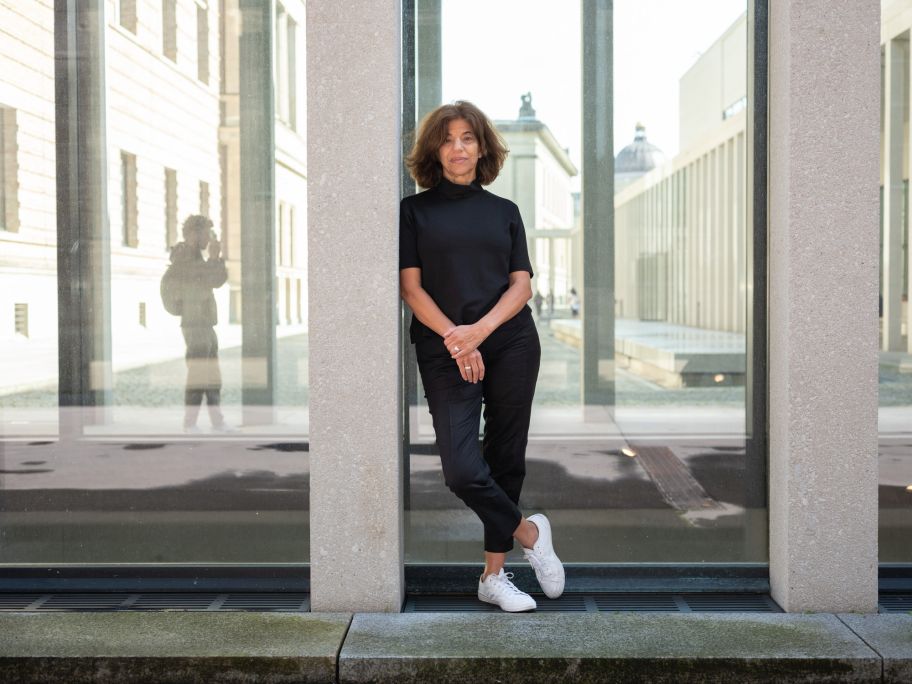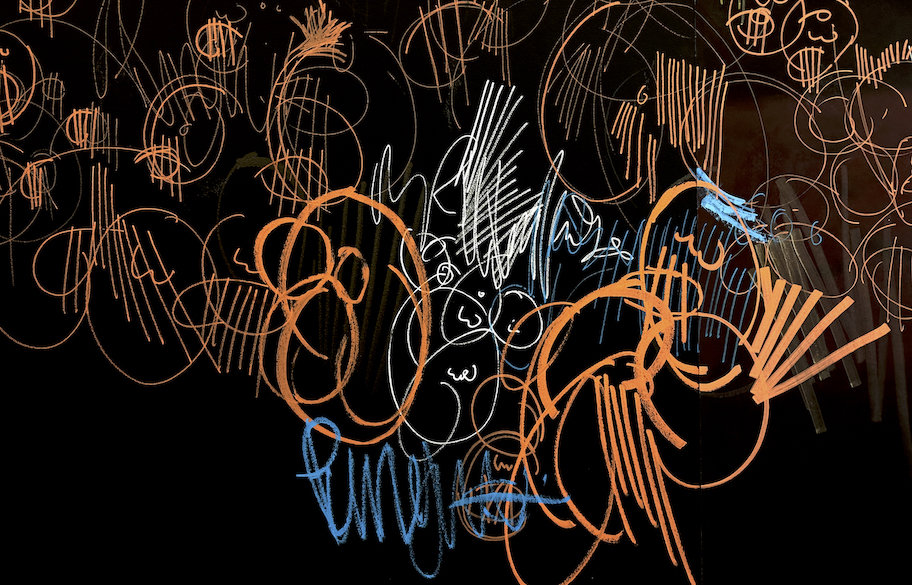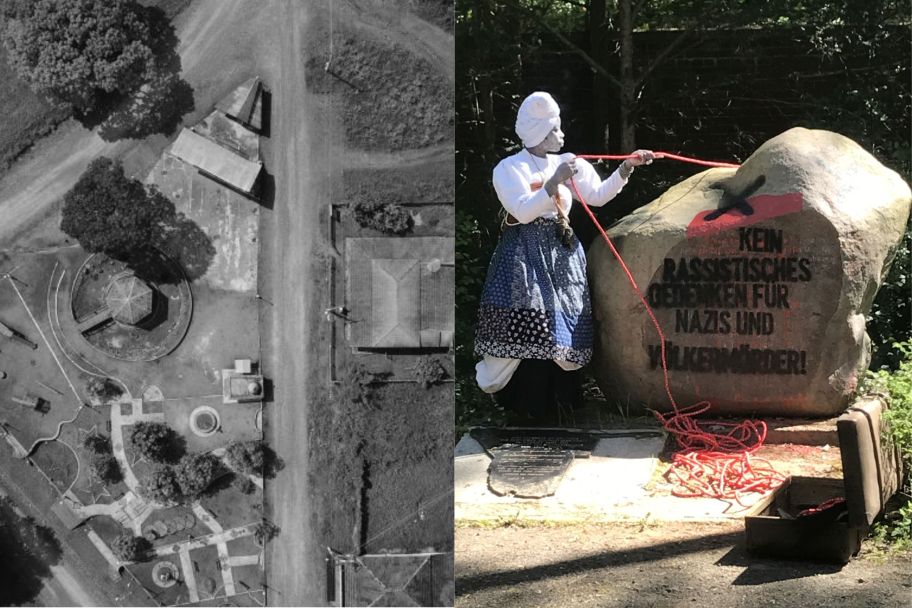Portugal, Film, 2023
Susana
de Sousa Dias

As a point of departure for a wider reflection on totalitarian systems, the cinema of Susana de Sousa Dias traces a historical and aesthetic cartography of Portugal’s former centers of power and colonial zones: an epistemic gesture that reframes existing historical knowledge structures. From Natureza Morta (Still Life, 2005), 48 (2009), Luz Obscura (Obscure Light, 2017) and Fordlândia Malaise (2019) to Viagem ao Sol (Journey to the Sun, 2022), Sousa Dias addresses the history and memory of the Estado Novo (New State, 1933-1974)—the fascist, colonial, and corporative dictatorship initiated seven years after the 1926 military coup d’état—and colonialism, through formal experimentation. In Sousa Dias’s filmography, content and form reflect one another through a dialectic approach to collective and subjective history and memory. Formally, her work relies on the analytical use of archival footage placed in dialogue with the filmographies of Harun Farocki, Vincent Monnikendam, Yervant Gianikian, and Angela Ricci Lucchi among others, as well as multilayered images and sounds that open up historical counter-perspectives. Working across different media, Sousa Dias also produces installations, such as Natureza Morta/Stilleben (2010), based on the 2005 film.
Awarded the Grand Prix of the Cinéma du Réel festival in 2009, 48 stands as a paradigm of Sousa Dias’ approach. Examining the history and memory of political repression, torture, and resistance during the forty-eight years of the New State, the film re-uses anthropometric photographs of political prisoners–victims of torture–gazing upon and questioning the viewer with their testimonies fifty years after the related events to interweave past and present and point to trauma. The off-screen comments, the editing, the murmurs, silences, sighs, the fade-ins and fade-outs, all evoke mnemonic processes and convert the archives, as sites of power, into enunciative events able to break the horizon of time. In parallel, the filmmaker questions representation, operating anti-figuratively within a figurative system, particularly in the sequences dedicated to the imprisonment of Mozambican anti-fascist and anti-colonial resistance fighters, who have disappeared from the archives. 48’s rigorous formal system thus recreates the biopolitics of fascism by sensorially reenacting the oppressive historical experience of political prisoners through the tension between visual and sonic elements, a strategy that, addressing the archives in their material, ideological, and cultural itineraries, leads to their profanation and agencement.
Luz Obscura expands these formal and epistemic procedures using a regime of visibility which comprises archives and the production of allegorical images. Complementarily, in Fordlândia Malaise, the variations of the height of the drone shots (from a bird’s eye view to shots filmed just a few centimetres off the ground) de-sacralise the ideological perspective and the panoptical dimension of aerial photography as a film form, helping reactivate the perceptive and cognitive conditions of the workers of Fordlândia–the company town founded by Henry Ford in the Brazilian Amazon rainforest in 1928 to produce rubber for U.S. car production–and rendering them sensible to the viewer.
The cinema of Sousa Dias sensorially reenacts the lived experience of fascist-colonial pasts, offering a counter-perspective and a phenomenological approach to history. This epistemic gesture affirms cinema’s vocation to sensitively present and represent history through the politics and aesthetics of affections and emotions.
Text: Raquel Schefer



